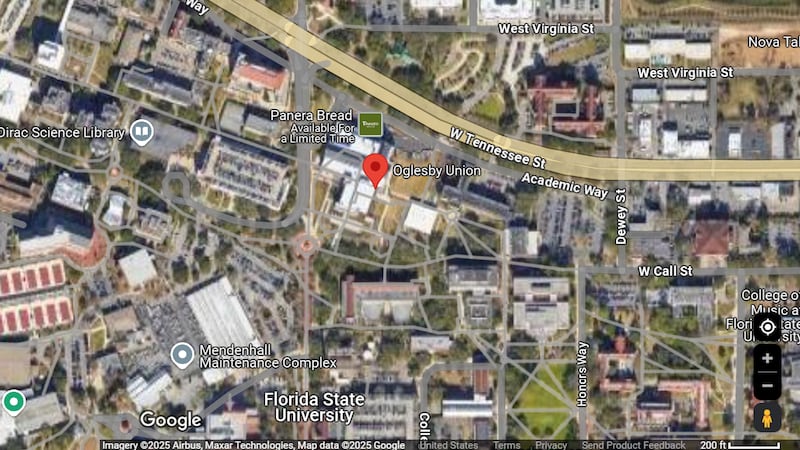PITTSBURGH, Pa. — John Daniel Norment is recorded as the first child of European descent to be born at Fort Duquesne during the French occupation in 1755. Sadly, he died just six days later and was buried in the cemetery of the fort in what is now Point State Park.
At the time of Norment’s birth, the French military post was surrounded by about 60 cabins. The French had mostly favorable interactions with the Native Americans of the area and the fort was a center of trade, especially after the defeat of General Edward Braddock in 1754.
Records from the time suggest that Norment’s father, John Gasper Norment, was a merchant who likely worked alongside the military storekeeper and bartered with the native Shawnees, Delawares and Senecas all living along the Allegheny, Monongahela and Ohio Rivers.
Norment’s mother is named on baptism records saved by the Catholic church as Mary Joseph Chainier, as the wife of John Gasper Norment.
The register of Fort Duqesne was kept by Father Denis Baron, a chaplain at the French fort. It is likely that Father Baron was the first priest to perform the sacraments of the church in the territory of the diocese. The register he kept of baptisms and interments at Fort Duquesne, including those of a number of Native Americans, is preserved in the archives of the city of Montreal.
The prominence of the Norments in the fledging settlement is suggested by their son’s godfather, who is named in the records as John Daniel Sieur Dumas, the Commander-in-Chief of the French forts at Presque Isle, French Creek and Duquesne, which is described as the “Beautiful River.”
The baptism and burial of John Daniel Norment likely took place inside Fort Duquesne’s chapel. The chapel was built sometime in 1754 and was dedicated to the “Assumption of the Blessed Virgin of the Beautiful River.”
TRENDING NOW:
Fort Duquesne’s place in Pittsburgh history was brief. The confluence of the Allegheny and Monongahela Rivers held great strategic importance from the moment it was discovered.
The British were the first to militarize the point when construction on Fort Prince George began in January 1754. It was the brainchild of a young officer in the Virginia militia, George Washington, who had previously surveyed the area and nearly drowned crossing the Allegheny River. Construction of the British fort was interrupted when French forces seized the site and captured the force constructing it.
To bolster their claims to the Ohio Valley, French forces constructed a even larger fort at the point. They called it Fort Duquesne in honor of the Marquis de Duquesne, the new governor of New France. Fort Duquesne’s purported footprint remains marked in the lawn of Point State Park.
William Pitt the Elder, a British statesman, saw control of British territories in India and America as the key to defeating the French in the Seven Years' War, and mobilized the British people to rebuild their military and reorganize their navy.
General John Forbes was dispatched to cut a road across Pennsylvania, with Fort Duquesne as his prize. George Washington commanded the Virginia militia and, in his final service for the British Army, they advanced the Forbes Expedition in the campaign westward. Despite his complaints about Forbes' strategy, Washington was later credited with saving their forces from what could have been a devastating friendly-fire battle by riding his horse down the line and hitting the muskets of his men with his sword.
The Forbes Expedition succeeded in reaching Fort Duquesne in November 1758, but the French burned the fort and fled. Washington’s brigade and two others found the smoldering ruins the following day. Disappointed he was not offered a commission in the British Army, Washington resigned his command shortly thereafter.
General Forbes sent word of their success in “Pittsbourgh” back to William Pitt in a letter dated November 27, 1758, notifying him that his name had been given to the place. The British immediately began construction of a new fort nearby, completing Fort Pitt in 1762.
Cox Media Group















